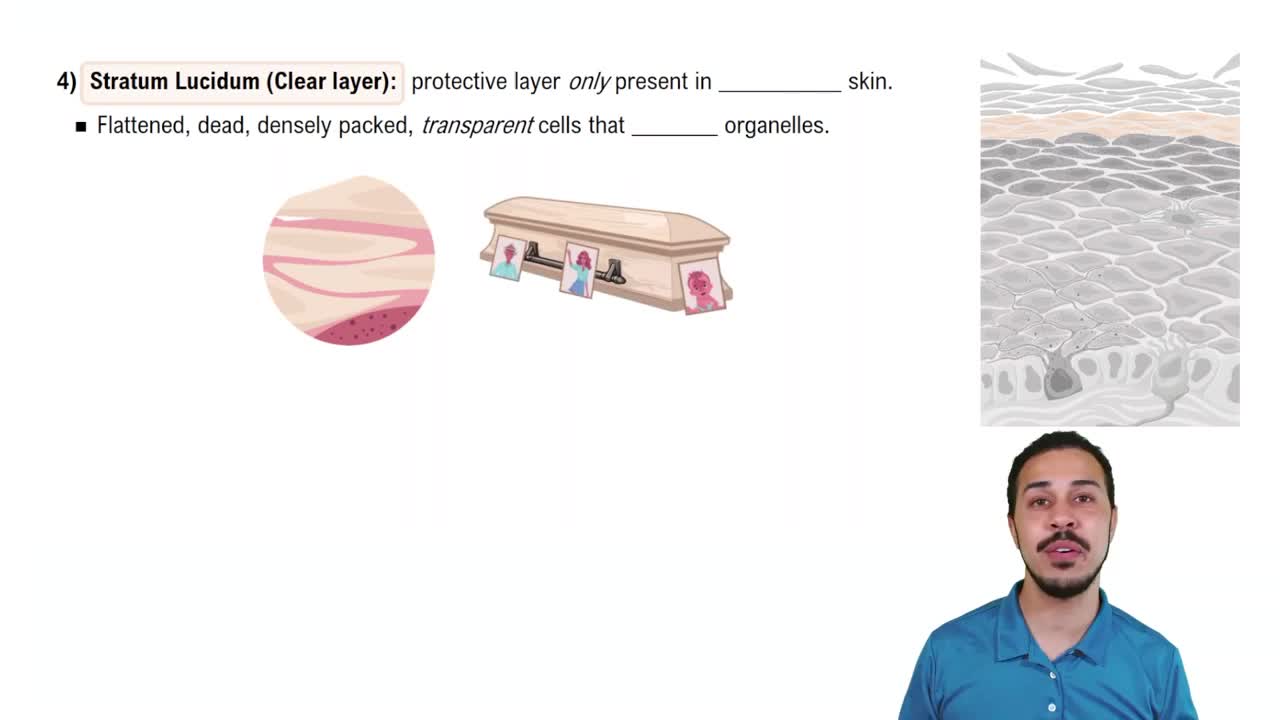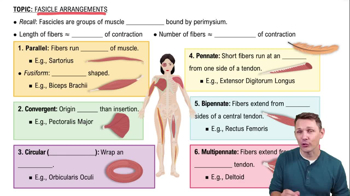Multiple Choice
Which bone cells are responsible for producing the organic bone matrix?
154
views
 Verified step by step guidance
Verified step by step guidance Verified video answer for a similar problem:
Verified video answer for a similar problem:



 4:19m
4:19mMaster Introduction to Bone Cells with a bite sized video explanation from Bruce Bryan
Start learning